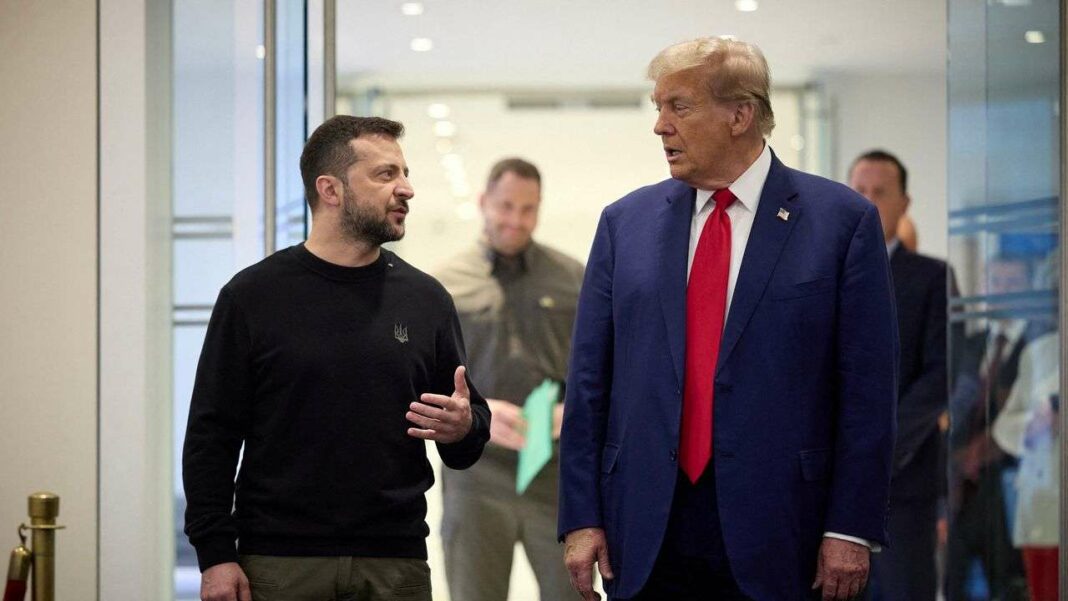Donald Trump’s support for Ukraine is contingent on securing guarantees related to the country’s rare earth resources. Ukrainian President Volodymyr Zelensky has proposed a “special agreement” with allies to jointly exploit these strategic materials, which include uranium and lithium. Rare earth elements, vital for various technologies, are abundant globally, with significant reserves in China. The increasing demand for these resources, particularly from the EU and the US, highlights the geopolitical significance surrounding them.
Trump’s Conditions for Supporting Ukraine
Donald Trump has made it clear that his backing for Ukraine hinges on securing assurances related to rare earths. This request might come as a surprise to some, but for Ukrainian President Volodymyr Zelensky, it is not unexpected. He has already signaled his willingness to engage, fully acknowledging the significant underground resources present within Ukraine.
Ukraine’s Strategic Resource Plan
In a peace initiative introduced last October, President Zelensky outlined the idea of a “special agreement” with international allies. While he did not explicitly mention rare earth elements, the aim was to foster a “common protection” and a “joint exploitation of the strategic resources” of Ukraine. He highlighted various high-value resources, including uranium, titanium, lithium, and graphite, showcasing the potential wealth of the nation.
Rare earth elements, a term that encompasses 17 distinct materials, play a pivotal role in various industries. Discovered in Sweden during the late 18th century, these elements are often grouped together due to their common geological occurrences. The extraction process involves separating these minerals through chemical operations, sometimes utilizing acids, to isolate each element from the ore.
These elements serve multiple industrial purposes, from europium, which is essential for television displays, to cerium used in glass polishing, and lanthanum, critical for gasoline engine catalysts. Rare earths are integral components in modern technology, found in devices such as drones, wind turbines, hard drives, electric car motors, telescope lenses, and fighter jets. Their unique properties make them irreplaceable, particularly in applications like permanent magnets for offshore wind turbines, where neodymium and dysprosium are favored for their efficiency and low maintenance needs.
Despite their reputation as “rare,” these earths are relatively abundant globally. According to a 2024 report by the US Geological Survey, the world’s reserves are estimated at 110 million tons, with over a third, or 44 million tons, located in China. Other significant reserves are found in Vietnam (22 million tons), Brazil (21 million tons), Russia (10 million tons), and India (7 million tons). This abundance is crucial as global demand is set to soar; the European Union will require 26 times more rare earths by 2050 to achieve carbon neutrality, as calculated by KU Leuven University for Eurométaux, the European association of metal producers.
On the other side of the Atlantic, the demand is equally significant. This burgeoning need explains Trump’s interest in Ukrainian resources, especially in light of China’s previous threats to limit its rare earth exports. In May 2019, during a trade conflict with the United States, Chinese President Xi Jinping visited a rare earth processing facility, hinting at a potential blockade on refined exports. China had also previously restricted Japan’s supply of rare earths in 2010 due to a territorial dispute, showcasing the geopolitical tensions surrounding these crucial materials.
